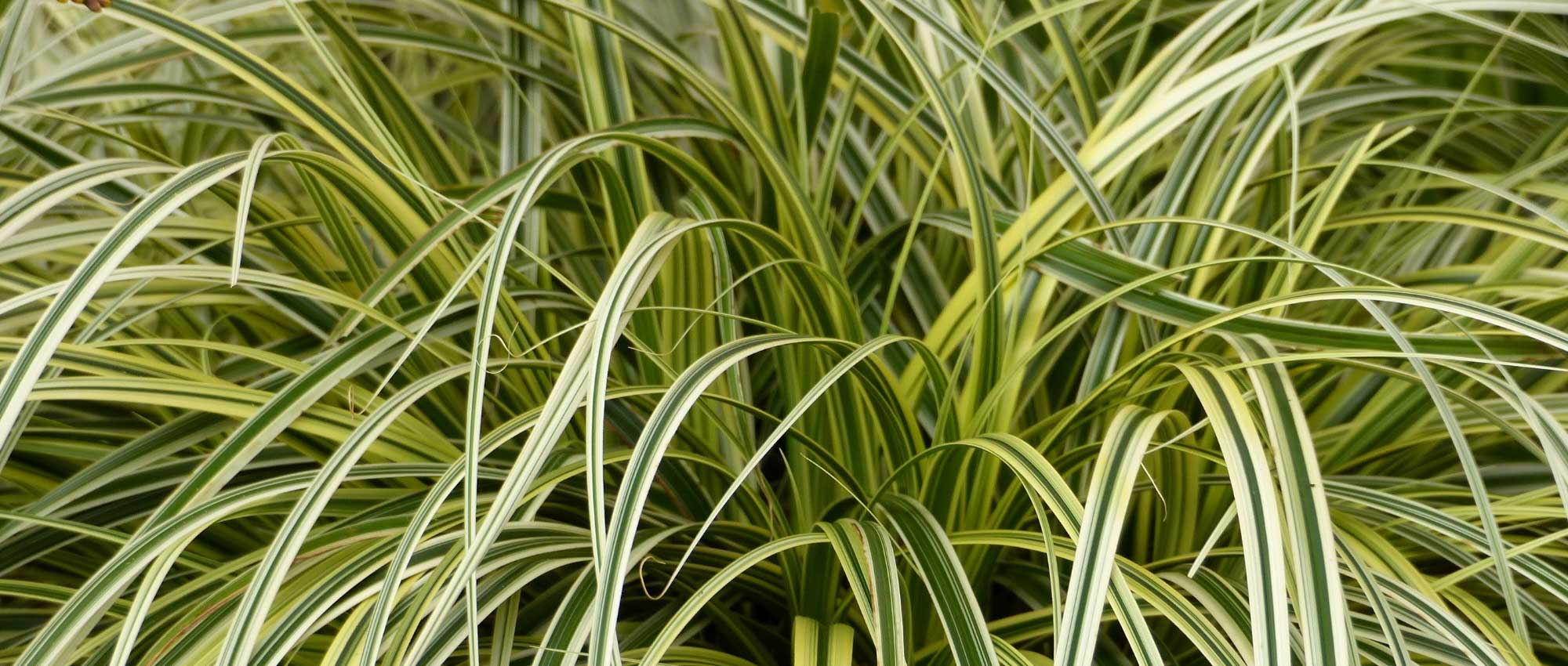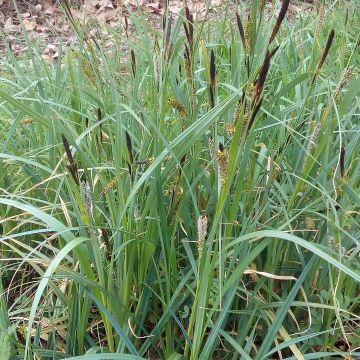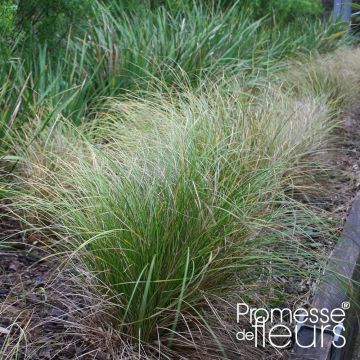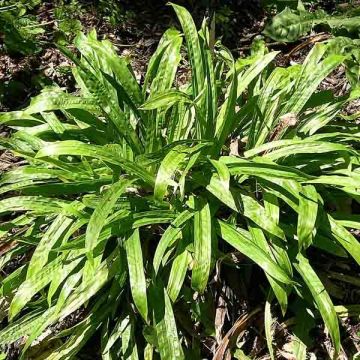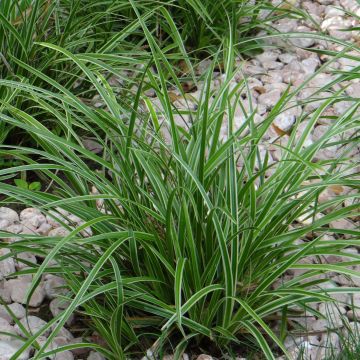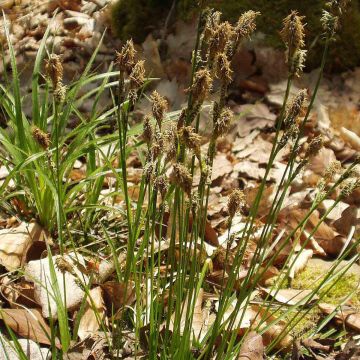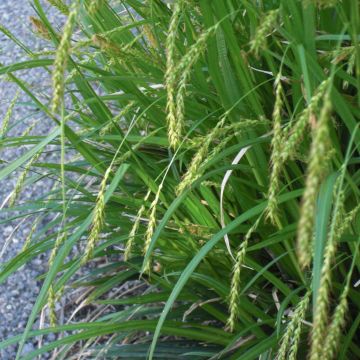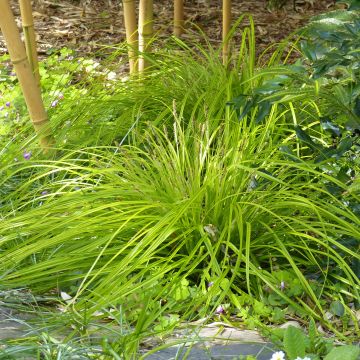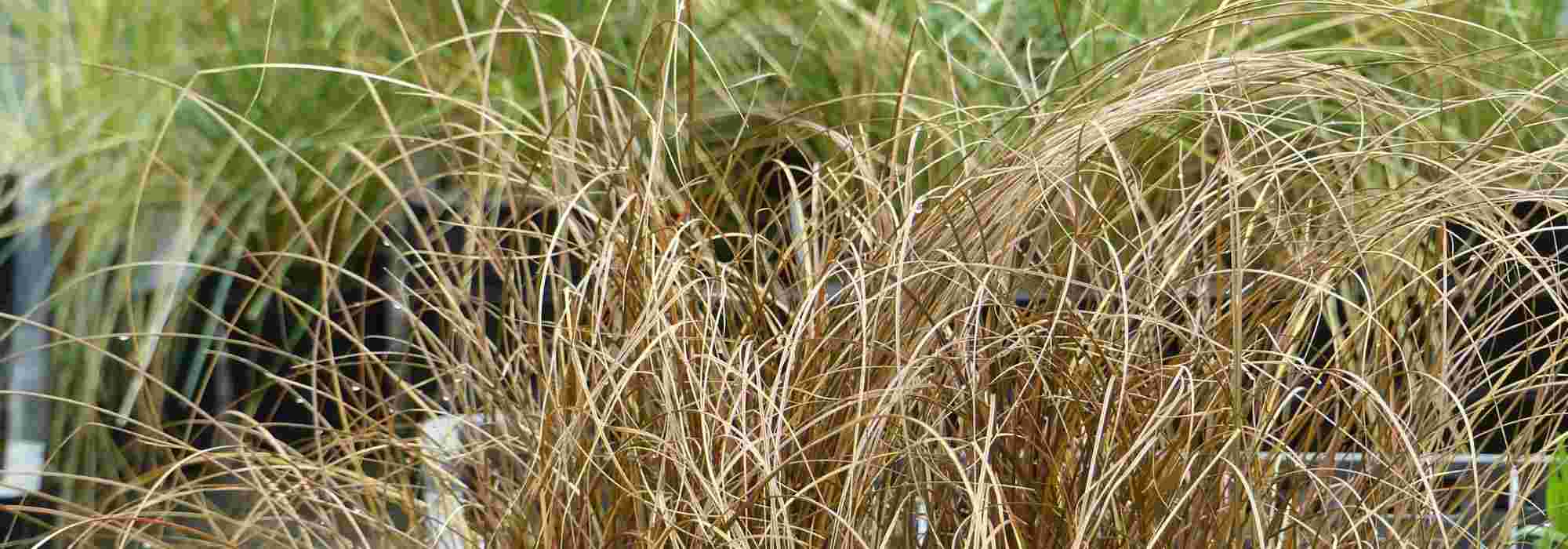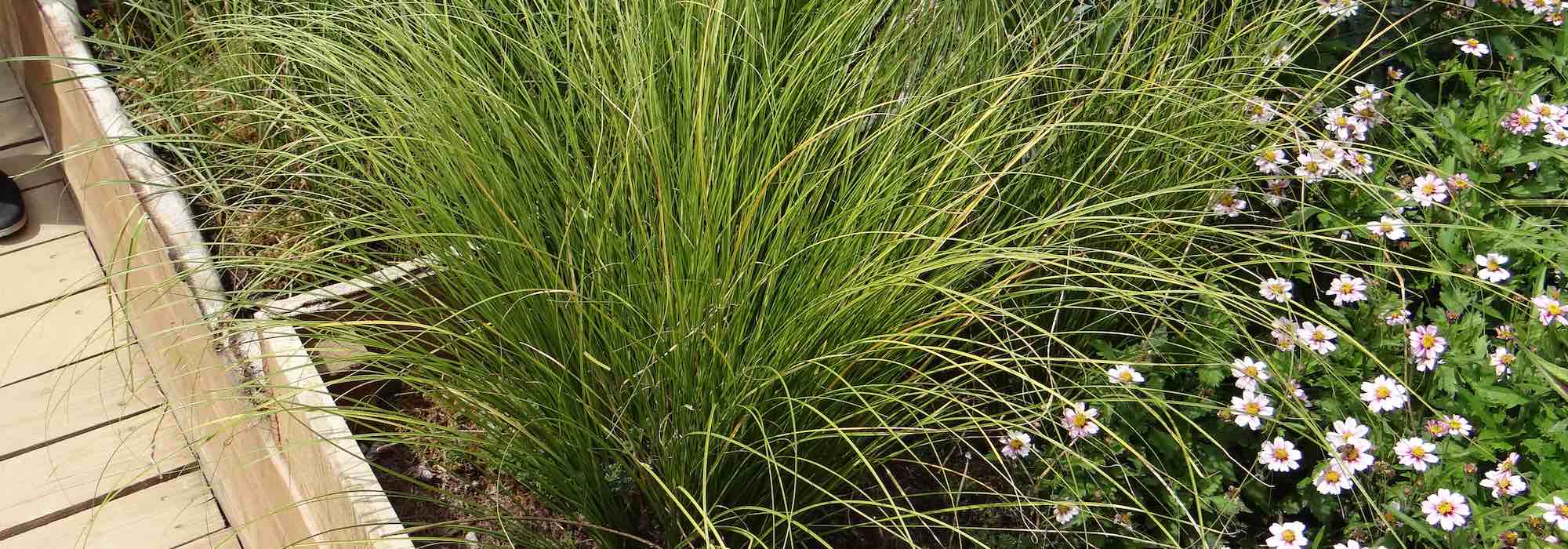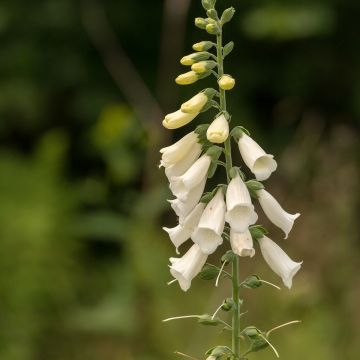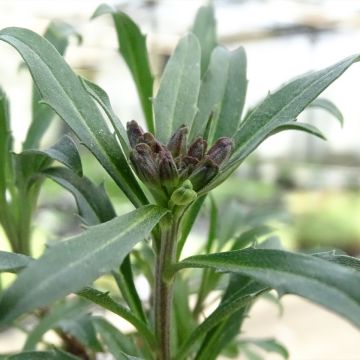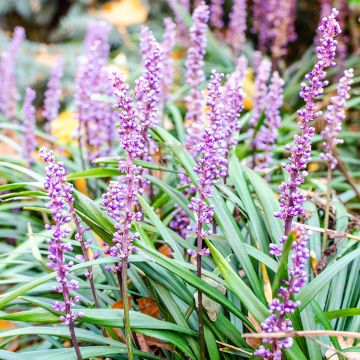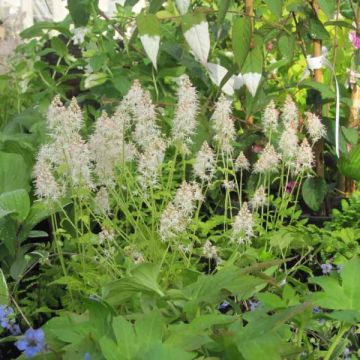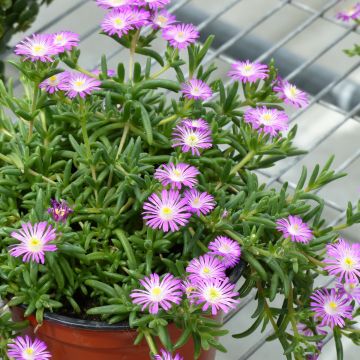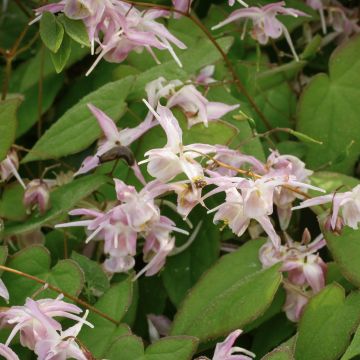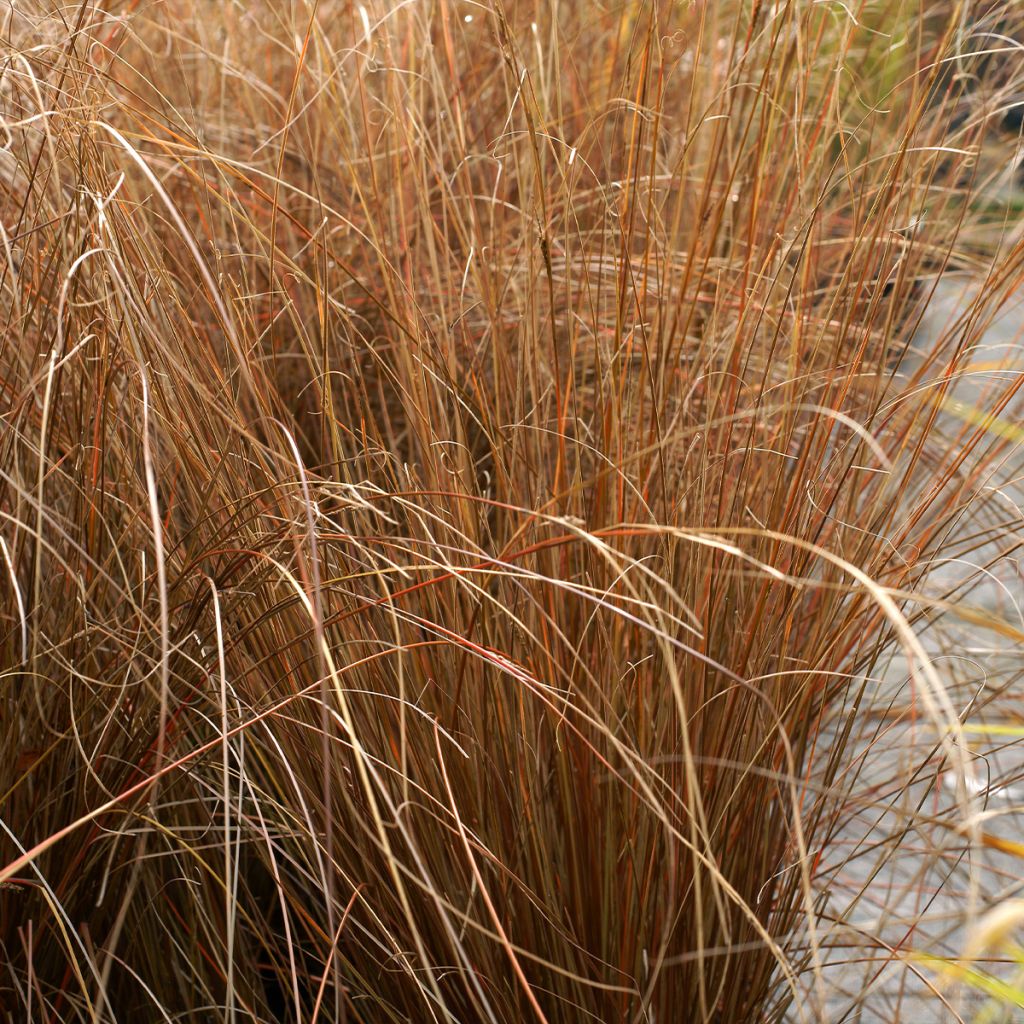

Carex buchananii Red Rooster - Laîche de Buchanan


Carex buchananii Red Rooster - Laîche de Buchanan


Carex buchananii Red Rooster - Laîche de Buchanan
Carex buchananii Red Rooster
Carex buchananii Red Rooster
Leatherleaf Sedge, Buchanan's Sedge
Package arrived in 2 days. The plants, carefully packaged, were very fresh. Very happy with my purchases.
Nicole, 28/10/2025
Special offer!
Receive a €20 voucher for any order over €90 (excluding delivery costs, credit notes, and plastic-free options)!
1- Add your favorite plants to your cart.
2- Once you have reached €90, confirm your order (you can even choose the delivery date!).
3- As soon as your order is shipped, you will receive an email containing your voucher code, valid for 3 months (90 days).
Your voucher is unique and can only be used once, for any order with a minimum value of €20, excluding delivery costs.
Can be combined with other current offers, non-divisible and non-refundable.
Home or relay delivery (depending on size and destination)
Schedule delivery date,
and select date in basket
This plant carries a 12 months recovery warranty
More information
We guarantee the quality of our plants for a full growing cycle, and will replace at our expense any plant that fails to recover under normal climatic and planting conditions.
Would this plant suit my garden?
Set up your Plantfit profile →
Description
Carex buchananii 'Red Rooster' is a variety of Buchanan's sedge with an interesting design. Its foliage takes on flamboyant colours in autumn. This medium-sized grass has an upright, light and graceful clump-like habit, composed of fine foliage in shades of bronze and red, with curled tips. The autumn flowering is discreet, with small, slender brown spikes. It thrives in the sun, in ordinary, well-drained garden soil that is not too dry in summer. This sedge is decorative in borders as well as in a pot on a patio or balcony.
Carex buchananii 'Red Rooster' belongs to the Cyperaceae family, like all Carex species. It is a horticultural variety derived from Buchanan's sedge, native to New Zealand. It is a hardy perennial plant that prefers neutral soils, (neither too acidic nor alkaline), that never completely dry out. However, it does not tolerate waterlogged soil. The cultivar 'Red Rooster' was selected for its foliage which has more reddish tones than the species. This plant forms a beautiful clump about 50 to 60cm (20 to 24in) tall, with an upright but flexible habit. Its young red-coloured leaves are 45cm (18in) long, narrow, cylindrical, and stand upright before slightly drooping as they age. Their colour becomes browner in summer, with very light curled tips. In autumn, the vegetation takes on remarkable copper and orange tones. This carex blooms in summer with insignificant 3cm (1in) brown flower spikes. The vegetation remains decorative in winter.
Carex buchananii 'Red Rooster' will have a great effect in a not too dry rock garden, along a path or border, with green Carex species or small perennials with contrasting colours (Sedum 'Purple Emperor', Heuchera 'Binoche' or H. 'Frilly', blue asters). Also consider combining it with perennials that have red or orange flowers (dwarf Tritomas, geums). It is also superb in a large pot!
Carex buchananii Red Rooster in pictures
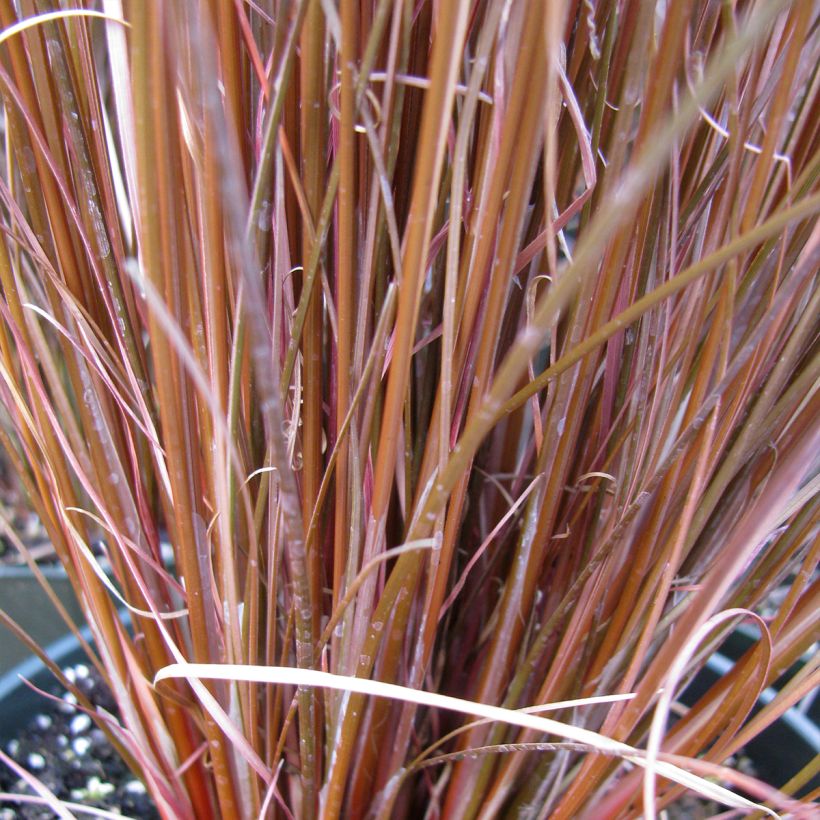

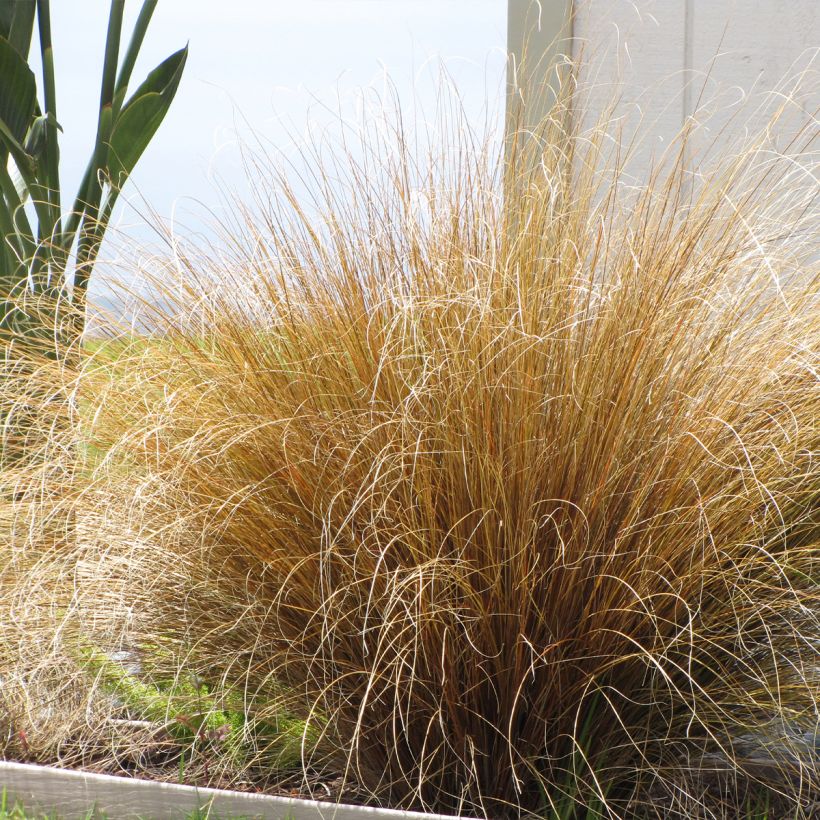

Flowering
Foliage
Plant habit
Botanical data
Carex
buchananii
Red Rooster
Cyperaceae
Leatherleaf Sedge, Buchanan's Sedge
Oceania
Other Carex
View all →Planting and care
It is quite easy to grow as long as it is planted in well-drained garden soil that does not completely dry out in summer. It is sensitive to excessively acidic or chalky soils. This carex adapts to poor soils. It prefers temperate climates: not too hot in summer, not too harsh in winter.
Prepare a planting hole that is 20x20x20cm (8x8x8in) in size. If your soil is heavy, mix some compost with the crumbled soil, partially fill the hole, and place your plant so that the top of the root ball is covered with 3cm (1in) of soil. Firmly press down and water thoroughly to eliminate air pockets. In dry weather, you will need to water regularly for a few weeks to facilitate the establishment of your plant.
Planting period
Intended location
Care
Planting & care advice
-
, onOrder confirmed
Reply from on Promesse de fleurs
Similar products
Haven't found what you were looking for?
Hardiness is the lowest winter temperature a plant can endure without suffering serious damage or even dying. However, hardiness is affected by location (a sheltered area, such as a patio), protection (winter cover) and soil type (hardiness is improved by well-drained soil).

Photo Sharing Terms & Conditions
In order to encourage gardeners to interact and share their experiences, Promesse de fleurs offers various media enabling content to be uploaded onto its Site - in particular via the ‘Photo sharing’ module.
The User agrees to refrain from:
- Posting any content that is illegal, prejudicial, insulting, racist, inciteful to hatred, revisionist, contrary to public decency, that infringes on privacy or on the privacy rights of third parties, in particular the publicity rights of persons and goods, intellectual property rights, or the right to privacy.
- Submitting content on behalf of a third party;
- Impersonate the identity of a third party and/or publish any personal information about a third party;
In general, the User undertakes to refrain from any unethical behaviour.
All Content (in particular text, comments, files, images, photos, videos, creative works, etc.), which may be subject to property or intellectual property rights, image or other private rights, shall remain the property of the User, subject to the limited rights granted by the terms of the licence granted by Promesse de fleurs as stated below. Users are at liberty to publish or not to publish such Content on the Site, notably via the ‘Photo Sharing’ facility, and accept that this Content shall be made public and freely accessible, notably on the Internet.
Users further acknowledge, undertake to have ,and guarantee that they hold all necessary rights and permissions to publish such material on the Site, in particular with regard to the legislation in force pertaining to any privacy, property, intellectual property, image, or contractual rights, or rights of any other nature. By publishing such Content on the Site, Users acknowledge accepting full liability as publishers of the Content within the meaning of the law, and grant Promesse de fleurs, free of charge, an inclusive, worldwide licence for the said Content for the entire duration of its publication, including all reproduction, representation, up/downloading, displaying, performing, transmission, and storage rights.
Users also grant permission for their name to be linked to the Content and accept that this link may not always be made available.
By engaging in posting material, Users consent to their Content becoming automatically accessible on the Internet, in particular on other sites and/or blogs and/or web pages of the Promesse de fleurs site, including in particular social pages and the Promesse de fleurs catalogue.
Users may secure the removal of entrusted content free of charge by issuing a simple request via our contact form.
The flowering period indicated on our website applies to countries and regions located in USDA zone 8 (France, the United Kingdom, Ireland, the Netherlands, etc.)
It will vary according to where you live:
- In zones 9 to 10 (Italy, Spain, Greece, etc.), flowering will occur about 2 to 4 weeks earlier.
- In zones 6 to 7 (Germany, Poland, Slovenia, and lower mountainous regions), flowering will be delayed by 2 to 3 weeks.
- In zone 5 (Central Europe, Scandinavia), blooming will be delayed by 3 to 5 weeks.
In temperate climates, pruning of spring-flowering shrubs (forsythia, spireas, etc.) should be done just after flowering.
Pruning of summer-flowering shrubs (Indian Lilac, Perovskia, etc.) can be done in winter or spring.
In cold regions as well as with frost-sensitive plants, avoid pruning too early when severe frosts may still occur.
The planting period indicated on our website applies to countries and regions located in USDA zone 8 (France, United Kingdom, Ireland, Netherlands).
It will vary according to where you live:
- In Mediterranean zones (Marseille, Madrid, Milan, etc.), autumn and winter are the best planting periods.
- In continental zones (Strasbourg, Munich, Vienna, etc.), delay planting by 2 to 3 weeks in spring and bring it forward by 2 to 4 weeks in autumn.
- In mountainous regions (the Alps, Pyrenees, Carpathians, etc.), it is best to plant in late spring (May-June) or late summer (August-September).
The harvesting period indicated on our website applies to countries and regions in USDA zone 8 (France, England, Ireland, the Netherlands).
In colder areas (Scandinavia, Poland, Austria...) fruit and vegetable harvests are likely to be delayed by 3-4 weeks.
In warmer areas (Italy, Spain, Greece, etc.), harvesting will probably take place earlier, depending on weather conditions.
The sowing periods indicated on our website apply to countries and regions within USDA Zone 8 (France, UK, Ireland, Netherlands).
In colder areas (Scandinavia, Poland, Austria...), delay any outdoor sowing by 3-4 weeks, or sow under glass.
In warmer climes (Italy, Spain, Greece, etc.), bring outdoor sowing forward by a few weeks.






























